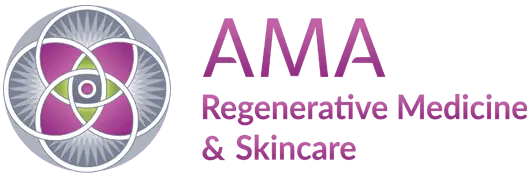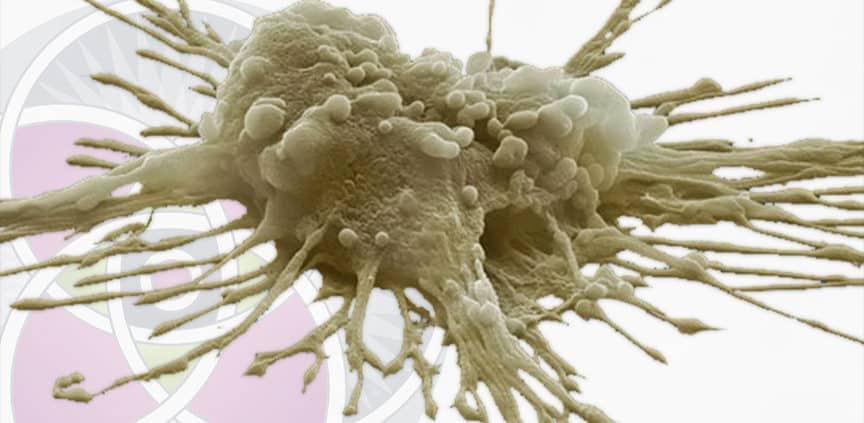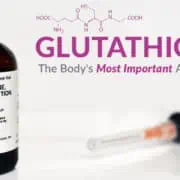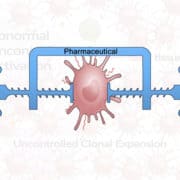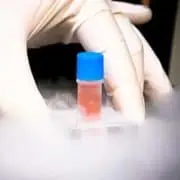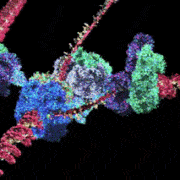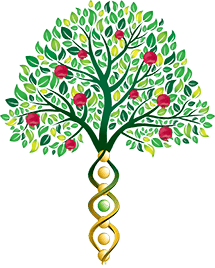The Science of Stem Cells – Part 1 – Why They are Important
Lecture : What are stem cells? – Part 1 of 4 – Why are stem cells important?
(The following is a transcription of the above video)
Hello everyone, I am Asher Milgrom, PhD, the CEO and Chief Science Officer of AMA Regenerative Medicine & Skincare. My specialty is biomedical sciences and we specialize here in Integrative Medicine and Regenerative Medicine.
We are privileged to be doing all sorts of very interesting research with stem cells and that’s the subject of this lecture.
I intend to condense a lot of very sophisticated science into very simple language, to give you an overview of stem cells;
- What are stem cells
- What do stem cells do
- Where do stem cells come from
- Why are stem cells important to us
The Power of Creation
We’re starting with this photo, which is obviously a slide from the Hubble telescope of a cosmic event.
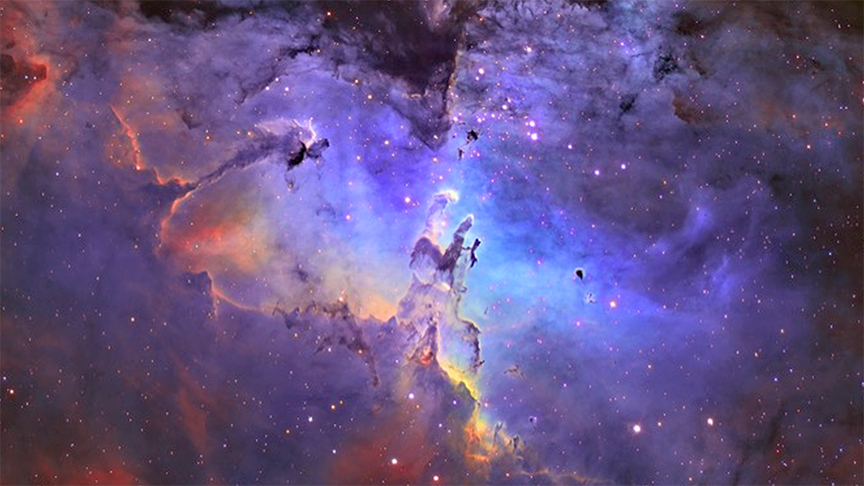
Cosmic nebula representing the creation of the universe.
This is a cosmic nebula which really represents the creation of the universe. If you look in there with the special telescopes, you can see all the way back to the beginning, the Big Bang, when the universe was created.
I’m starting with that because the power of creation cosmically, is also present in that stem cell.
The Mesenchymal Stem Cell
The power of creation of our own physiology, of our own health, our vitality, is all imbued inherent in those stem cells. In fact, many people call the stem cell, “The God Cell” and here it is.
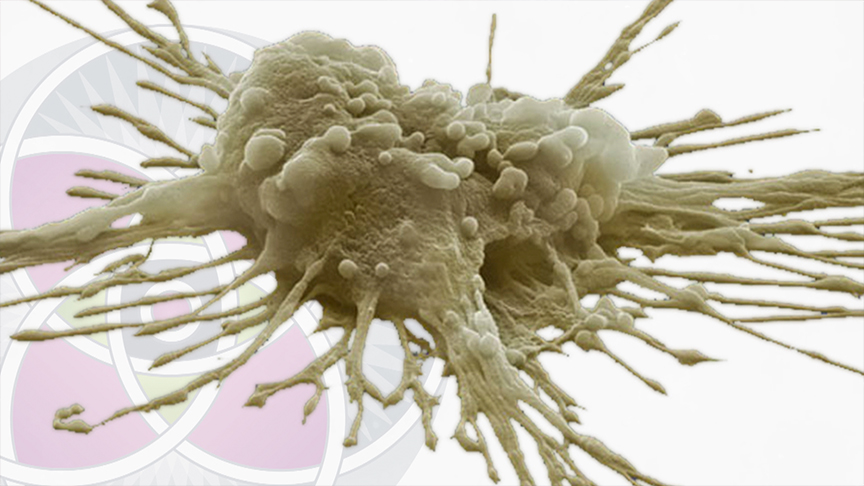
Up-close look at a mesenchymal stem cell
That’s the mesenchymal stem cell right there. We’ll talk much more in detail about it later but in the meantime, know that you can go to YouTube and find a movie called The God Cells, which is a very graphic presentation of all the research on stem cells being done these days. Very exciting documentary, I suggest that you go take a look at it.
Mystery, Miracles & Magic of Human Physiology
This picture is a depiction of the many different ways that science, ancient science and modern science looks at human physiology.
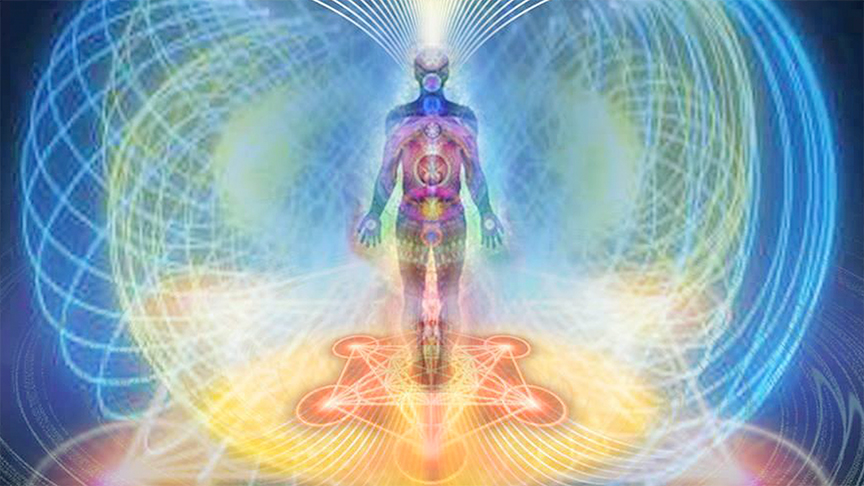
You are walking around within this incredible dynamic multi-dimensional kaleidoscope of extraordinary intelligence that created us.
Whether you are of a spiritual nature or not, there’s no question that human physiology is filled with mystery, miracles and magic. It’s magical what goes on in us and deeply, deeply mysterious.
We barely understand it. We’re just scratching the surface of our understanding of the unfathomable complexity of human physiology.
For those who do have a kind of a spiritual bend to it there’s no question that human physiology is a microcosm of the greater cosmos and all its complexity. There is no question for those who see the complexity and the miracle of it, the mystery of it, that it’s kind of like touching the mind of God and hopefully throughout this lecture and therefore, thereon, you will have a different experience with your own physiology.
You are walking around within this incredible dynamic multi-dimensional kaleidoscope of extraordinary intelligence that created us.
What is Health?
The best way to start a conversation about stem cells is to ask the very simple question; what is health?
In Western modern medicine that we’re all familiar with, in Europe and in the United States, the industry of medicine is really focused on disease. It really isn’t focused on health. In fact, it doesn’t even really define it, let alone find ways to augment it or to accelerate it or to promote it.
Well it so happens that stem cells deal both with disease and with giving us optimal health. That is why studies show that stem cells are so important for our health.
Tissue Turnover
The best definition of health is in fact, tissue turnover.
When we are young, and our bodies are filled with stem cells, we have amazing regenerative capacity. We’re constantly turning over all of our tissues.
Apoptosis
Cells are designed to work at peak efficiency until they cannot and then they are designed to die.
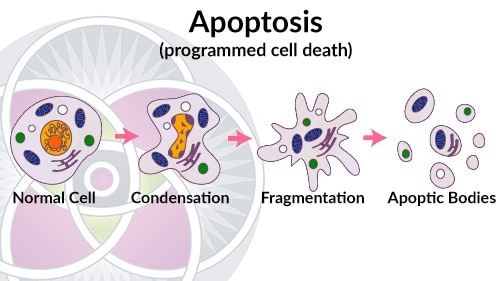
Cells are designed to work at peak efficiency until they cannot and then they are designed to die, called apoptosis.
It’s called programmed death or cell death or otherwise known as apoptosis and those cells that are now dysfunctional and dying are replaced with healthy new young nascent baby cells with their whole life ahead of them. Again, this is cellular turnover.
When you were a kid, you had a new liver every few months, all of your organs were completely replaced every few months and as we age that process of cellular and tissue turnover slows down.
The Engine of Regeneration
So why are stem cells important? The stem cell is in fact, the engine of that regeneration. It’s the stem cell that has the ability to replace those dying cells with new cells.
In fact, every organ in your body is filled with stem cells that have become the cells in charge of regenerating that organ. In the liver, there are liver stem cells that regenerate new liver cells and in your kidneys and in your vasculature, etc. All over your body there are stems cells specializing in different organs.
Mesenchymal Stem Cell
Here is again, that same picture of the mesenchymal stem cell. I wanted you to look at it again more carefully.
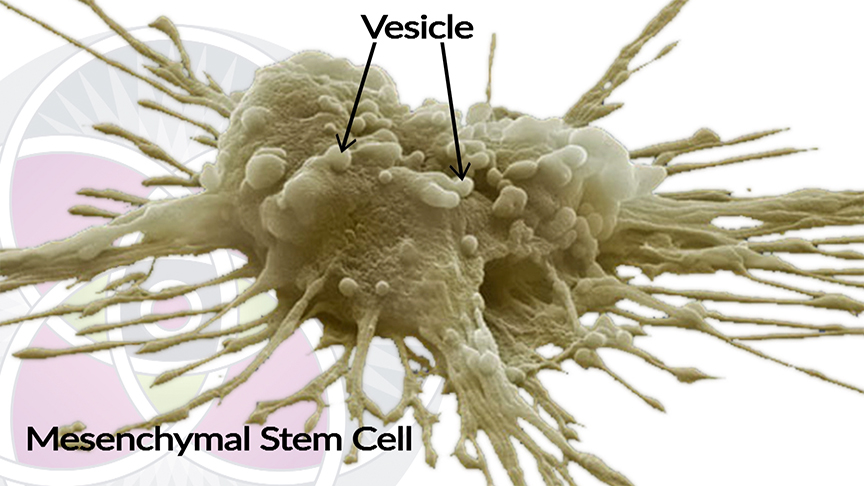
Mesenchymal stem cells are extracted out of umbilical cords.
This is a mesenchymal stem cell that’s extracted out of umbilical cords.
You’ll see that the cell has little bumps on it. Those little bubbles all over the surface. These are vesicles and those vesicles are filled with all sorts of signaling molecules, cytokines and things like that. These play a very important role in what the stem cells can do for us and how they function in our bodies.
Hold this image in your mind and we’re going to get back to it.
The Promise of Regenerative Medicine
Now, what is the promise of Regenerative Medicine?
1. Cure Disease
There are many diseases that afflict our population that modern medicine doesn’t cure. It just manages, for instance diabetes; you don’t cure diabetes you manage it, you manage it with insulin.
There are many, many diseases like that that modern medicine cannot cure. Hopefully you can slow it down and simply manage it.
Well, Regenerative Medicine has a different perspective.
That diseases, even those that are end diseases and they just terminate with death, that those diseases should be able to be stopped and reversed.
Regenerative Medicine and stem cells play an important role in that.
2. Optimal Health
That thing, which modern medicine doesn’t deal with, our health, defining it, augmenting it, promoting it, accelerating it, Regenerative Medicine does exactly that.
Instead of just managing tissue that isn’t working, let’s say your pancreas, if you have diabetes how about replacing the damaged tissue or the dysfunctional tissue with new healthy young tissue that does function well? Then the disease would simply go away and you would be restored to optimal health.
That is what Regenerative Medicine is about.
3. Longevity
If you could keep your organs young, you could live a lot longer. It is really that simple.
The kind of motto that we play with here, maybe I should trade mark it, is that Regenerative Medicine “adds years to your life and life to your years”, we kind of like that and that really is what we do with Regenerative Medicine.
The Science of Stem Cells
Here we have a slide of a stem cell. Two critical characteristics define what a stem cell is.

Stem cells are defined by two critical characteristics, self renewal and differentiation.
It is in fact, what we call an immortal cell, it hangs around for a long time and while it’s hanging around it has two things that it can do.
2 Critical Characteristics of Stem Cells
- It is self-renewing. It can in fact duplicate itself precisely. That new cell that was the daughter cell of the stem cell, is an exact duplicate of the stem cell itself.
- It can differentiate. Which means it can turn into an organ cell. An adult differentiated organ cell is also known as a somatic cell.
If we have a stem cell of the liver and the liver needs a new cell, that stem cell in there is going to pop out into two. One of them is going to be a duplicate of the original stem cell and the other one’s going to be that new liver cell that the body or the liver needs.
The Difference Between Stem Cells and Normal Cells
While we’re discussing the two critical characteristics of stem cells, it’s a good place to say how they are different from our normal organ cells.
The primary difference is that normal organ cells, let’s take the liver again for example; they can duplicate but they’re very limited in how many generations of duplications they can do.
The other thing is that, this fully mature organ cell does not have the ability to stay alive forever, it has that programed death that we spoke of earlier (apoptosis). So limited ability to duplicate and it is going to die after it ceases to be able to function at peak efficiency.
The Development of Stem Cells
Here is the history of where stem cells come from in our development and where they end up going.
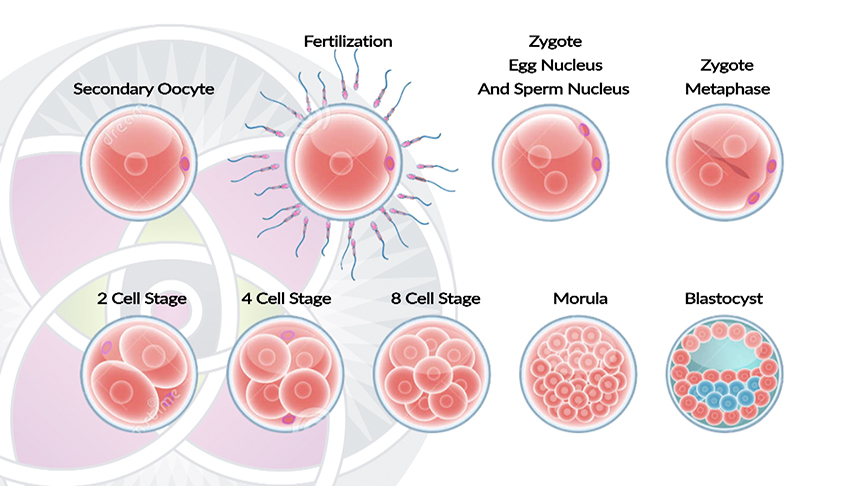
When we are an embryo, we are essentially a collection of stem cells.
So when we are in fact an embryo, we’re pretty much all one big collection of stem cells.
It all Starts with an Egg and the Sperm
You have an egg and the sperm, they are both in fact very powerful stem cells because they are going to become everything you are. They come together and they fertilize and that one big cell becomes two, becomes four, becomes eight.
Those are very powerful stem cells that are in fact, going to evolve into, mature into, transform into every different type of cell in your body.
The Blastocyst
Through that process, you see it ends up at the blastocyst and this is an important distinction here because, the blastocyst cells now differentiate into two different types of stem cells. The pink cells around the outside and the blue cells on the inside.
The pink ones are the cells that will not become the baby in the human being. They become all of the embryonic tissue that you need to support the developing fetus. This is the placenta and the umbilical cord.
The blue cells in the middle; those cells are the ones that are going to evolve into, transform into all the different cells that are you, and all the different organs.
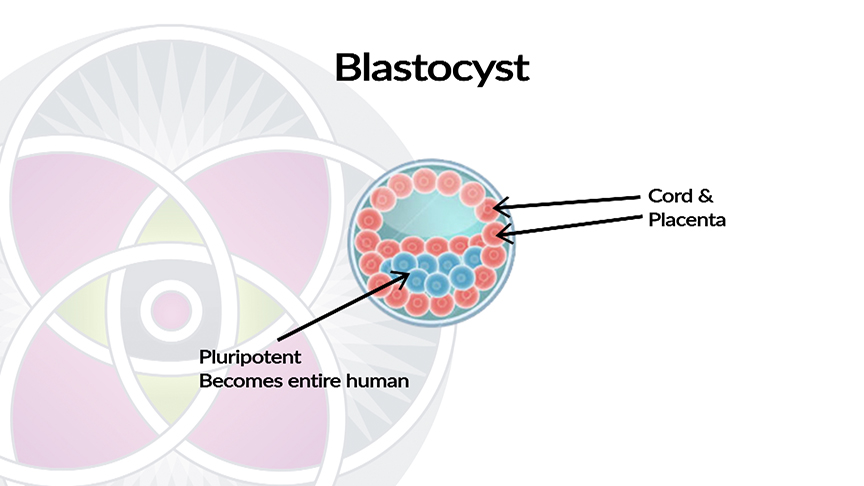
Why are stem cells important? Blastocyst Cells Differentiate Into Two Different Types
Here is a larger picture of the blastocyst. The cells on the outside that become the cord and the placenta and the blue cells in the inside.
We call them pluripotent or totipotent and they have the potential of becoming anything. Every cell in your body come from those cells.
The Hierarchy of Stem Cells
Here’s the hierarchy of how those cells develop.
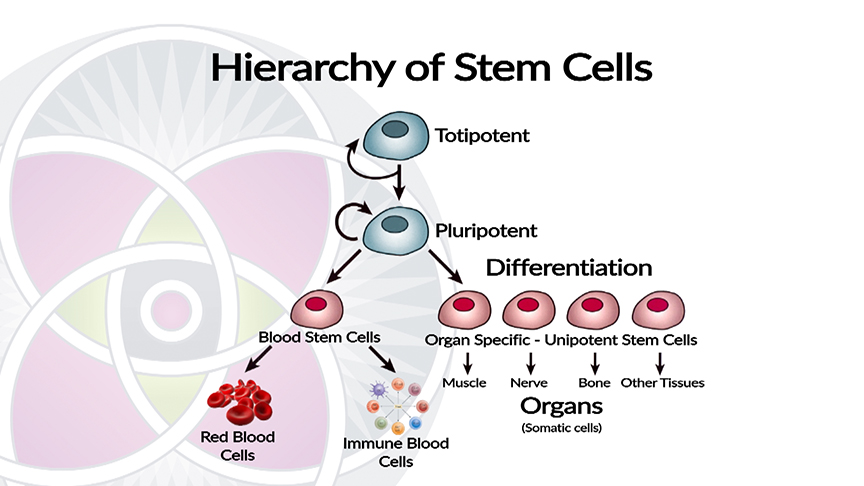
What are Stem Cells? The Hierarchy of How They Develop
You start with that blue cell on the top right, the totipotent or pluripotent cell and it’s going to differentiate into different cell lines that become the different organ systems.
On the left, we have those that become all the blood cells and those are not just the red blood cells but also all the immune cells that are floating around your body.
On the right side, we have the cell lines that will become the various organs; the muscles and the nerves and the bones and all the other tissues that make up your body. The organ cells again, another name for them are somatic cells.
Stem Cells in the Human Body
Here we have a diagram that is depicting the fact that all the organs in your body have those green stars in them and those green stars are a small percentage of that organ that are in fact stem cells.
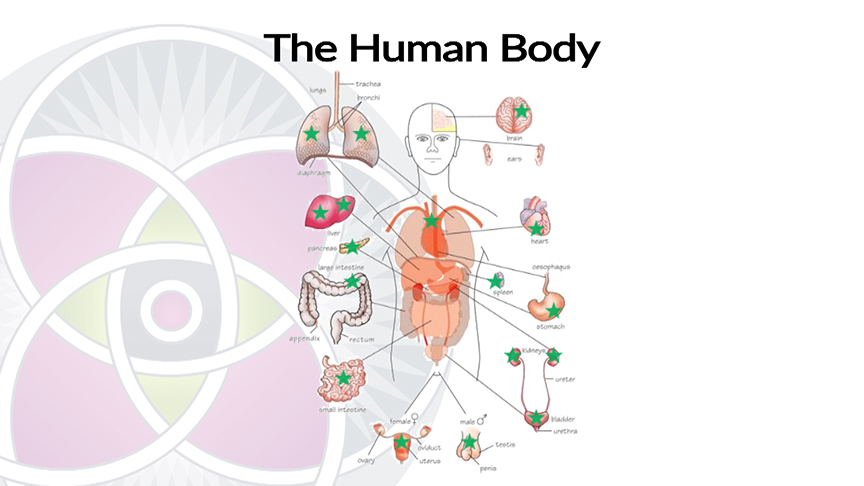
Why are stem cells important? All the Organs in Your Body Have Stem Cells
The stem cells of that organ are in charge of regenerating that organ and replacing the cells that are no longer functioning at peak efficiency and in fact are programmed to die and be replaced.
Up next …
About the Authors
[simple-author-box]
References
- Anzalone R, Opatrilova R, Kruzliak P, Gerbino A and La Rocca G. Mesenchymal Stromal Cells From Wharton’s Jelly (WJ-MSCs): Coupling Their Hidden Differentiative Program to Their Frank Immunomodulatory Phenotype. 2018;20:271-279.
- Vangsness CT Jr, Sternberg H, Harris L. Umbilical Cord Tissue Offers the Greatest Number of Harvestable Mesenchymal Stem Cells for Research and Clinical Application: A Literature Review of Different Harvest Sites. 2015 Sep;31(9):1836-43.
- Watson N, Divers R, Kedar R, Mehindru A, Mehindru A, Borlongan M, Borlongan C. Discarded Wharton’s Jelly of the Human Umbilical Cord: A Viable Source for Mesenchymal Stem Cells. 2015 Jan;17(1):18–24.
- Kalaszczynska I, Ferdyn K. Wharton’s Jelly Derived Mesenchymal Stem Cells: Future of Regenerative Medicine? Recent Findings and Clinical Significance. 2015, Article ID 430847, 11 pages.
- Davies J, Walker J, Keating A. Concise Review: Wharton’s Jelly: The Rich, but Enigmatic, Source of Mesenchymal Stromal Cells. 2017 Jul;6(7):1620–1630.
- Weiss M, Troyer D. Stem Cells in the Umbilical Cord. 2006;2(2):155–162.
- Erices A, Conget P, Minguell J. Mesenchymal Progenitor Cells in Human Umbilical Cord Blood. 2000 Apr;109(1):235-42.
- Shawki S, Gaafar T, Erfan H, El Khateeb E, El Sheikhah A, El Hawary R. Immunomodulatory Effects of Umbilical Cord‐Derived Mesenchymal Stem Cells. 2015 Jun;59(6):348-56.
- Arutyunyan I, Elchaninov A, Makarov A, Fatkhudinov T. Umbilical Cord as Prospective Source for Mesenchymal Stem Cell-Based Therapy. 2016;2016:6901286.
- SubramanianA, Fong C, Biswas A, Bongso A. Comparative Characterization of Cells from the Various Compartments of the Human Umbilical Cord Shows that the Wharton’s Jelly Compartment Provides the Best Source of Clinically Utilizable Mesenchymal Stem Cells. 2015 Jun;10(6):e0127992
- Ilic D, Polak JM. Stem Cells in Regenerative Medicine: Introduction. 2011;98:117-26.
- Sanchez-Ramos J. Stem Cells from Umbilical Cord Blood. 2006 Nov;24(5):358-69.
- Low CB, Liou YC, Tang BL. Neural Differentiation and Potential use of Stem Cells from the Human Umbilical Cord for Central Nervous System Transplantation Therapy. 2008 Jun;86(8):1670-9.
- Herranz AS, Gonzalo-Gobernado R, Reimers D, Asensio MJ, Rodríguez-Serrano M, Bazán E. Applications of Human Umbilical Cord Blood Cells in Central Nervous System Regeneration. 2010 Mar;5(1):17-22.
- Zarrabi M, Mousavi SH, Abroun S, Sadeghi B. Potential uses for Cord Blood Mesenchymal Stem Cells. 2014 Winter;15(4):274-81.
- Kabataş S, Civelek E, İnci Ç, Yalçınkaya EY, Günel G, Kır G, Albayrak E, Öztürk E, Adaş G, Karaöz E. Wharton’s Jelly-Derived Mesenchymal Stem Cell Transplantation in a Patient with Hypoxic-Ischemic Encephalopathy: A Pilot Study. 2018 Oct;27(10):1425-1433.
- Sadlik B, Jaroslawski G, Puszkarz M, Blasiak A, Oldak T, Gladysz D, Whyte G. Cartilage Repair in the Knee Using Umbilical Cord Wharton’s Jelly–Derived Mesenchymal Stem Cells Embedded Onto Collagen Scaffolding and Implanted Under Dry Arthroscopy. 2018 Jan;7(1):e57–e63.
- Kim DW, Staples M, Shinozuka K, Pantcheva P, Kang SD, Borlongan CV. Wharton’s Jelly-Derived Mesenchymal Stem Cells: Phenotypic Characterization and Optimizing Their Therapeutic Potential for Clinical Applications. 2013 May 31;14(6):11692-712.
- Nagamura-Inoue T, He H. Umbilical Cord-Derived Mesenchymal Stem Cells: Their Advantages and Potential Clinical Utility. 2014 Apr 26;6(2):195–202.
- Kalaszczynska I and Ferdyn K. Wharton’s Jelly Derived Mesenchymal Stem Cells: Future of Regenerative Medicine? Recent Findings and Clinical Significance. 2014 Dec.
